Comments
- No comments found

Infection control has always been a crucial aspect of public health for decades.
Artificial intelligence (AI) has emerged as a powerful tool in infection control, with the potential to transform how we identify, monitor, and respond to infectious diseases. From predictive modeling to contact tracing and vaccine development, AI is proving to be a game-changer in the fight against infections. In this article, we will explore some of the ways in which artificial intelligence is being used in infection control, along with its potential benefits and limitations.
The potential of artificial intelligence in infection control is immense, with the National Center for Biotechnology Information stating that AI can be used to identify transmission events during outbreaks. Additionally, artificial intelligence can predict which patients are at high risk of infection, allowing for the implementation of infection prevention and control measures at an early stage.
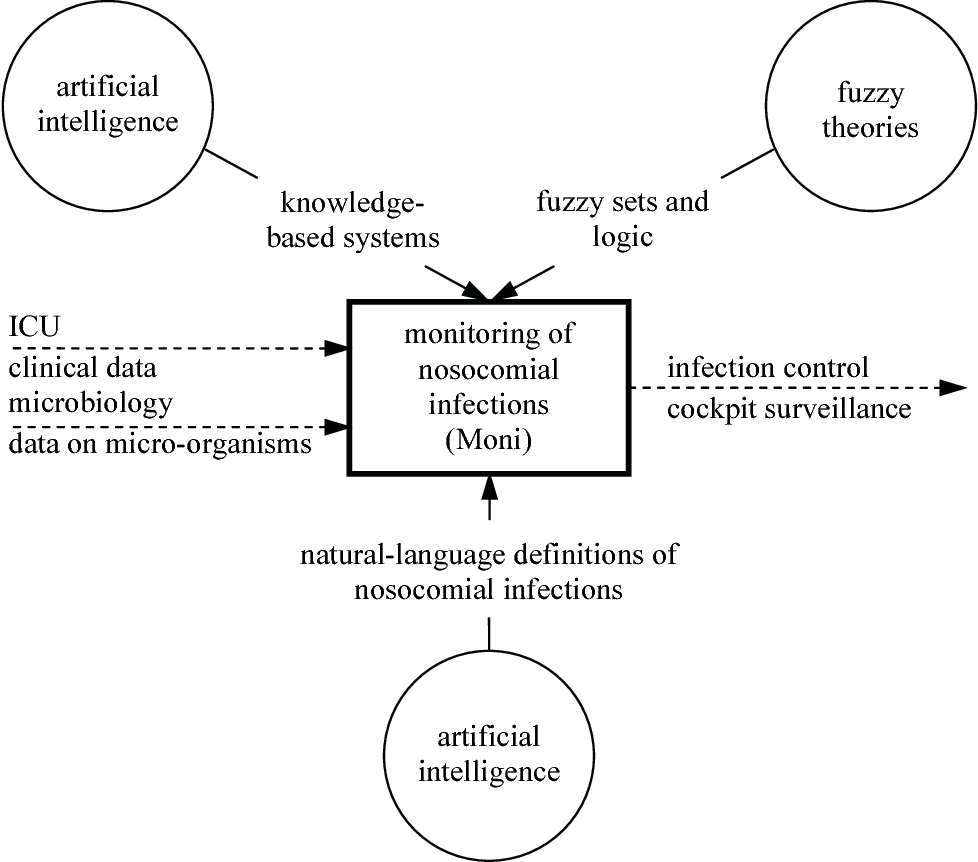
One of the most significant ways in which AI is being used in infection control is through predictive modeling. By analyzing vast amounts of data from various sources, including social media, search engines, and hospital records, AI algorithms can forecast outbreaks, track disease progression, and predict the effectiveness of interventions. These predictive models can help public health officials and policymakers plan and allocate resources more efficiently, enabling them to respond quickly and effectively to potential outbreaks.
For example, researchers at the University of California, Los Angeles (UCLA) used AI algorithms to analyze data from the H1N1 flu pandemic of 2009-2010. By combining data on flu cases with data on social media activity, the researchers were able to develop a predictive model that accurately forecasted the spread of the virus. Similar predictive models have been developed for COVID-19, which have helped public health officials plan and allocate resources more effectively.
Contact tracing is another critical area where AI is being used in infection control. AI algorithms can analyze data from various sources, including cell phone location data, to identify potential exposure to infectious diseases. This data can be used to track the spread of infections and identify potential hotspots, enabling public health officials to respond quickly and contain outbreaks.
For example, in South Korea, the government used AI algorithms to analyze cell phone location data to track the movement of people infected with COVID-19. This data was used to identify potential exposure and contain the spread of the virus. Similarly, AI-powered wearable devices, such as smartwatches, can monitor vital signs and alert users and health officials if there are any signs of infection.
AI is also being used to accelerate drug and vaccine development for infectious diseases. By analyzing large amounts of data, AI algorithms can identify potential drug targets and predict the effectiveness of different treatments. This can help researchers develop more effective drugs and vaccines more quickly, potentially saving countless lives.
For example, researchers at the University of North Carolina at Chapel Hill used AI algorithms to analyze data on the structure of the COVID-19 virus. By identifying potential drug targets, the researchers were able to develop a new drug that showed promising results in animal trials. Similarly, AI is being used to develop more effective vaccines for COVID-19 and other infectious diseases.
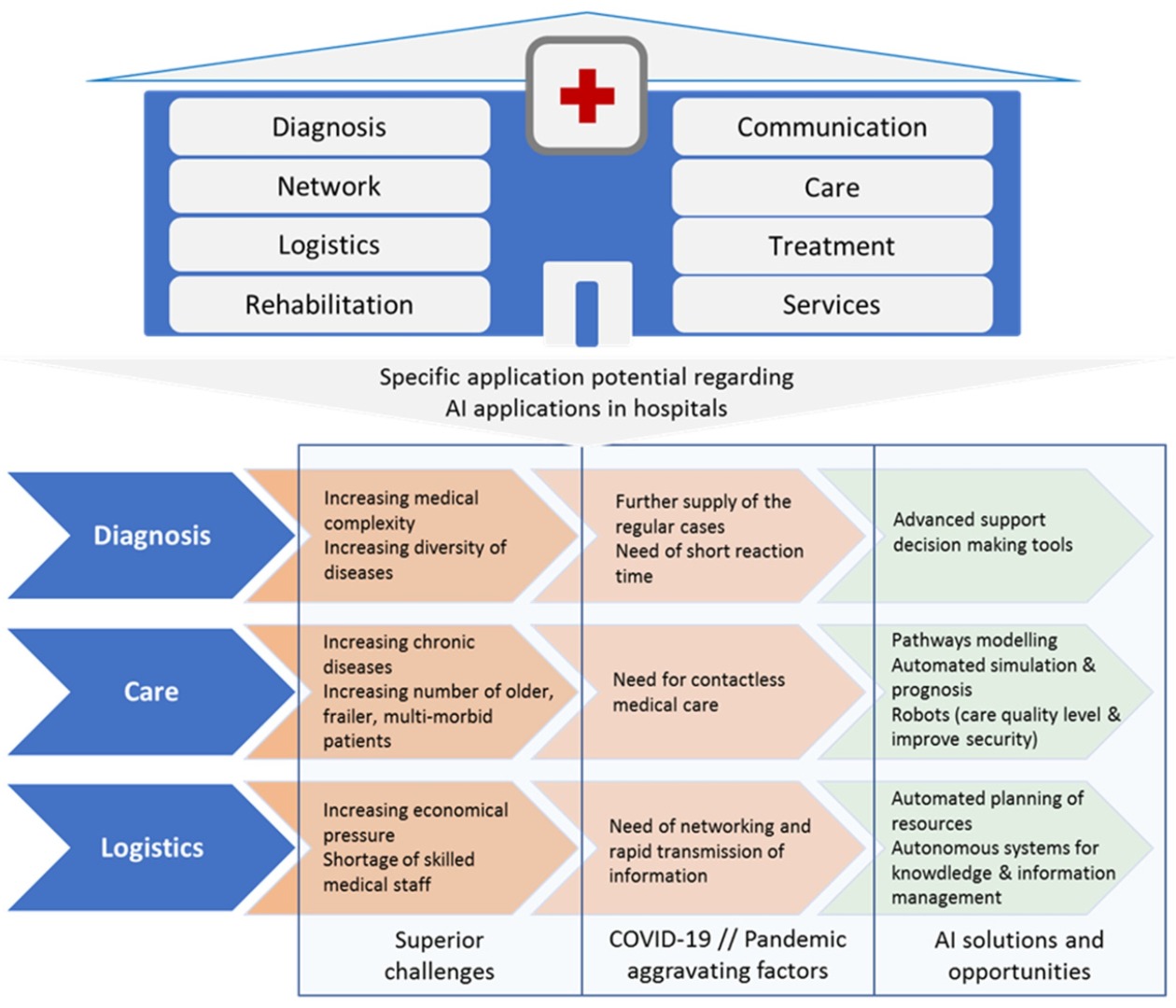
While AI holds tremendous promise in infection control, it also has some limitations that must be addressed. One of the most significant limitations is the quality and availability of data. AI algorithms rely on large amounts of data to develop predictive models and identify potential outbreaks. However, data quality can be a significant issue, particularly in low-income countries, where data may be scarce or unreliable.
Another significant limitation is the potential for bias in AI algorithms. AI algorithms are only as good as the data they are trained on. If the data used to train the algorithms are biased, the algorithms themselves will be biased.
AI has the potential to revolutionize the field of infection control. Here are some examples of how AI can be applied to improve infection control:
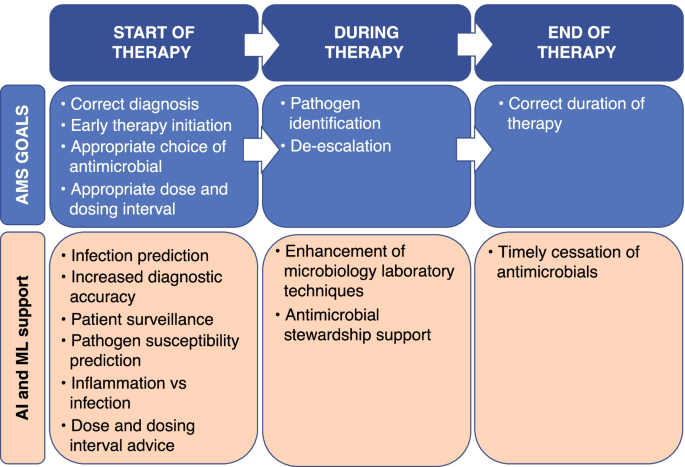
AI-powered systems can analyze data from various sources to detect outbreaks early, even before they are reported by healthcare workers. For example, AI algorithms can analyze social media data to detect early signs of outbreaks in real-time. Similarly, AI-powered sensors can monitor air quality and detect changes in microbial levels, alerting infection control teams of potential outbreaks.
AI-powered systems can help with contact tracing efforts by identifying people who have been in close contact with individuals who have tested positive for an infectious disease. For example, AI algorithms can analyze video footage to identify people who have come into close contact with an infected individual.
AI can help healthcare organizations allocate resources more efficiently during outbreaks. For example, AI algorithms can analyze patient data to identify high-risk patients who require intensive care, allowing healthcare organizations to prioritize their resources accordingly.
AI-powered systems can use predictive analytics to forecast the spread of infectious diseases, enabling healthcare organizations to prepare for potential outbreaks. For example, AI algorithms can analyze data from social media, news articles, and other sources to predict the spread of infectious diseases.
Artificial intelligence can be used to improve the accuracy of diagnoses and treatment plans for infectious diseases. For example, AI algorithms can analyze medical images to detect infections that may be missed by human clinicians. Similarly, AI-powered chatbots can assist patients with diagnosing and treating common infectious diseases.
Despite the potential benefits of AI in infection control, there are also several challenges that need to be addressed:
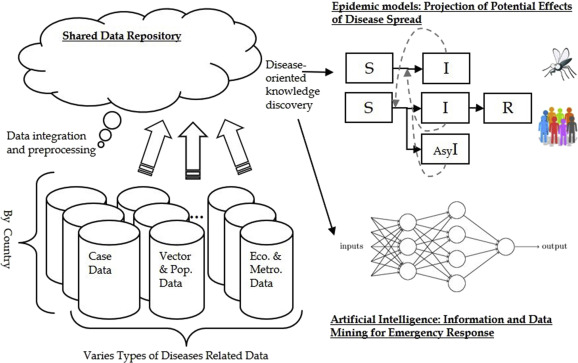
AI algorithms rely on high-quality data to produce accurate results. In the case of infection control, this means that AI algorithms require access to comprehensive, accurate, and up-to-date data on infectious diseases.
Artificial intelligence algorithms require access to large amounts of personal health data to produce accurate results. As a result, healthcare organizations need to ensure that patient data is kept secure and private.
AI algorithms can be biased if they are trained on biased data. In the case of infection control, this could result in AI algorithms overlooking certain populations or failing to detect outbreaks in certain areas.
Healthcare organizations use different types of software and hardware systems, which can make it difficult to integrate AI-powered systems into existing workflows.
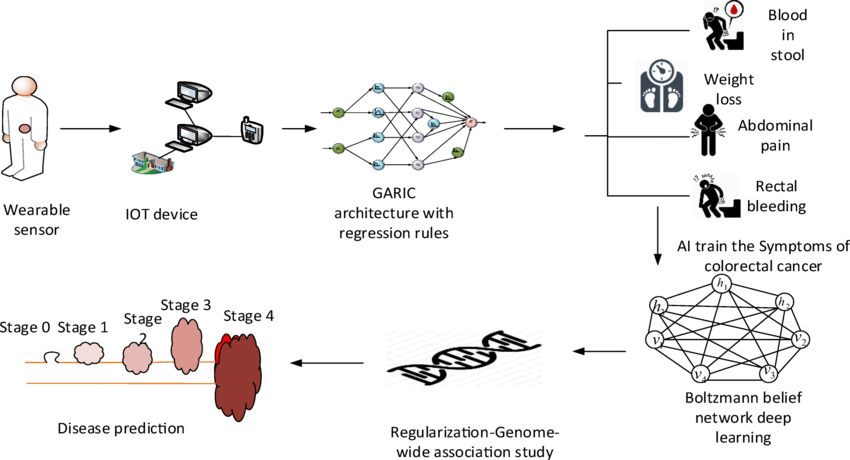
Artificial intelligence has the potential to revolutionize infection control. AI-powered systems can be used for early detection of outbreaks, contact tracing, resource allocation, predictive analytics, diagnosis, and treatment. However, there are also several challenges that need to be addressed, such as data quality, privacy and security, bias, and interoperability. Despite these challenges, AI is poised to become an essential tool in the fight against infectious diseases.
Leave your comments
Post comment as a guest